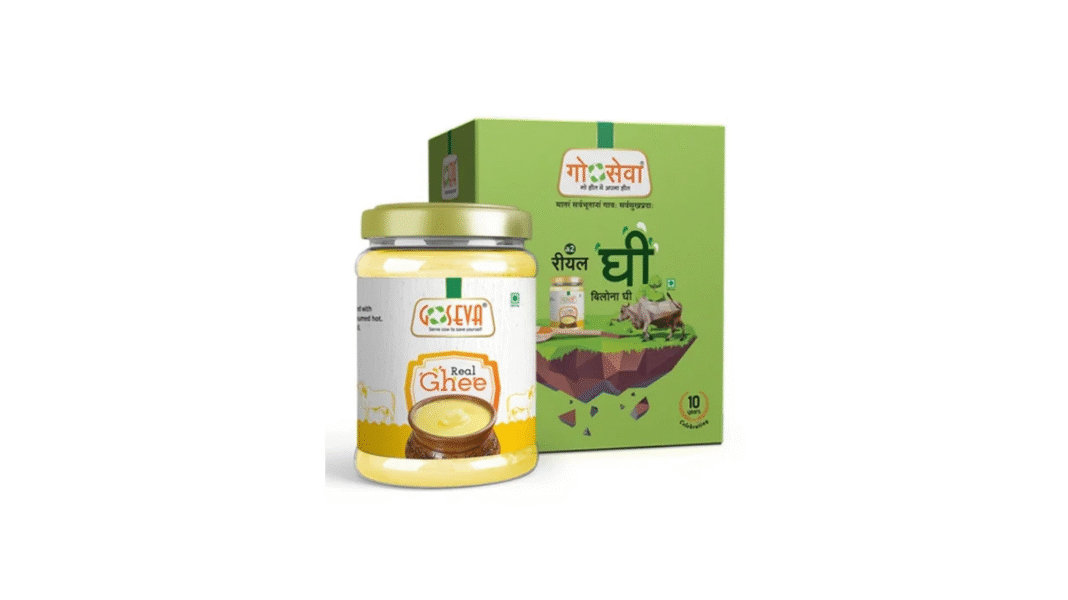If you’ve grown up in an Indian household, you already know how serious the relationship is between us and ghee. There’s always that one big jar sitting in the kitchen shelf, sometimes looking more important than the pickle jar itself. My grandmother used to say, “One spoon of ghee can fix your mood and your stomach at the same time.” And honestly, I think she was right. cow ghee isn’t just food—it’s like this cultural superstar that sneaks its way into almost everything, from chapatis to halwa to even home remedies for colds.
What Makes Cow Ghee So Special
The thing with cow ghee is that it’s not just about taste. Yes, it makes your food richer and more delicious, but the health angle is what has kept it around for centuries. It’s loaded with good fats that our body actually needs instead of fears, and it’s known to be light on digestion compared to other oils. Back in the day, people didn’t have fancy protein shakes or supplements—they had ghee. Farmers, wrestlers, even school kids were told to eat a spoonful every day for strength.
There’s also the Ayurvedic side of things. Ancient texts literally called ghee the “elixir of life.” That sounds dramatic, but when you see how it helps with immunity, digestion, and even skin glow, you start to wonder if they weren’t exaggerating at all.
The Social Media Buzz Around Cow Ghee
It’s funny how things go full circle. Not too long ago, everyone on Instagram was obsessing over olive oil and avocado oil. But lately, I’ve seen reels where fitness influencers are stirring cow ghee into their black coffee or using it for keto recipes. One guy even claimed he lost weight by swapping all his cooking oils with ghee. Comments on those videos usually turn into a mini food war—some people defending ghee as the ultimate superfood, while others complain about calories. But that’s social media for you, right?
Ghee in Real Life, Not Just Theory
Here’s a personal story. A few months back, I switched my regular cooking oil with ghee for a week. Not gonna lie, I expected my skin to break out or my weight to shoot up because of all the “fat” talk you hear. But instead, I felt less bloated after meals and had this random burst of energy during my usual lazy afternoons. The only problem was… my kitchen smelled like a sweet dairy shop half the time. My neighbor even asked if I was secretly making ladoos at home.
Cow Ghee vs The Modern Oils
If you look at the health market today, there’s an overload of choices—refined oils, canola, sunflower, rice bran, blah blah. But here’s the thing nobody tells you: a lot of these oils are highly processed, and some lose their nutrients when cooked at high temperatures. Cow ghee, on the other hand, stays stable even at high heat, which makes it great for frying or tadkas. That’s why your dal cooked in ghee smells way better than dal cooked in sunflower oil. Science aside, it just hits different.
Why A2 Gir Cow Ghee Has Taken the Spotlight
In recent years, A2 ghee has been popping up everywhere, especially cow ghee. The big difference is in the milk type. Normal ghee is usually made from A1 cow milk, but Gir cows produce A2 milk, which is considered easier to digest and richer in nutrients. Some people even say it helps reduce inflammation in the body. Of course, it’s pricier than your regular packet of ghee, but many health-conscious folks see it as an investment in wellness.
Also, fun fact: Gir cows are originally from Gujarat, and they’re known for their hump. That hump isn’t just for show—Ayurvedic experts believe it helps in producing more medicinal qualities in their milk. I don’t know how much science backs that up, but it’s a fascinating little detail.
Is Cow Ghee Really That Healthy, or Just Hype?
Now, let’s not pretend cow ghee is some magic potion. Too much of anything is bad, and if you’re spooning it onto everything like Nutella, then yeah, your cholesterol might come knocking. But in moderation, it seems to do more good than harm. It has fat-soluble vitamins like A, D, and E, which are crucial for body functions. Plus, it has this thing called butyric acid that’s actually good for your gut. So, it’s not hype—it’s more about balance.
Wrapping Up the Ghee Talk (Without Wrapping It Too Neatly)
At the end of the day, cow ghee isn’t going anywhere. It’s survived food trends, health debates, and even the “fat is bad” era. Now it’s being rediscovered by a younger, global audience, and I kinda love that. Whether you spread it on hot rotis, drizzle it over rice, or sip it in bulletproof coffee, it still manages to feel both ancient and modern. And maybe that’s why it keeps winning the kitchen game.


